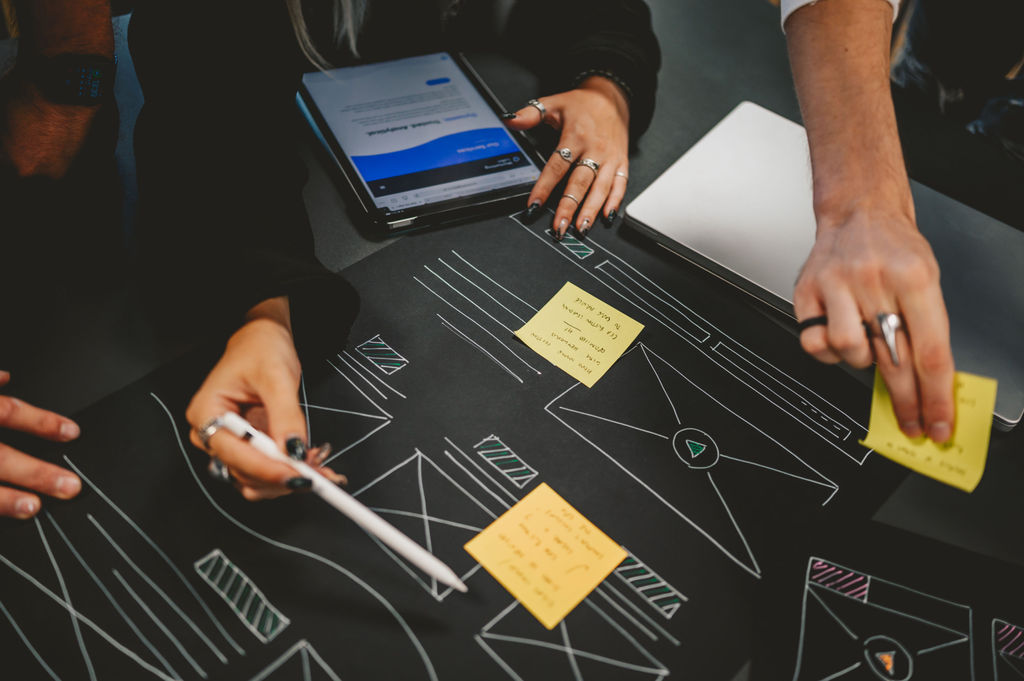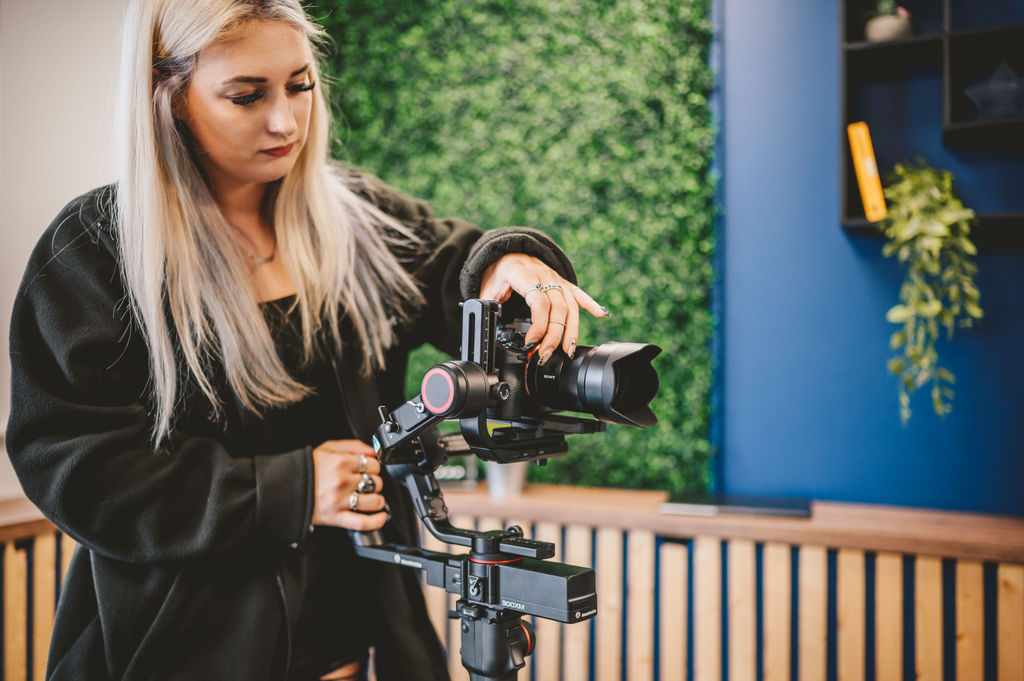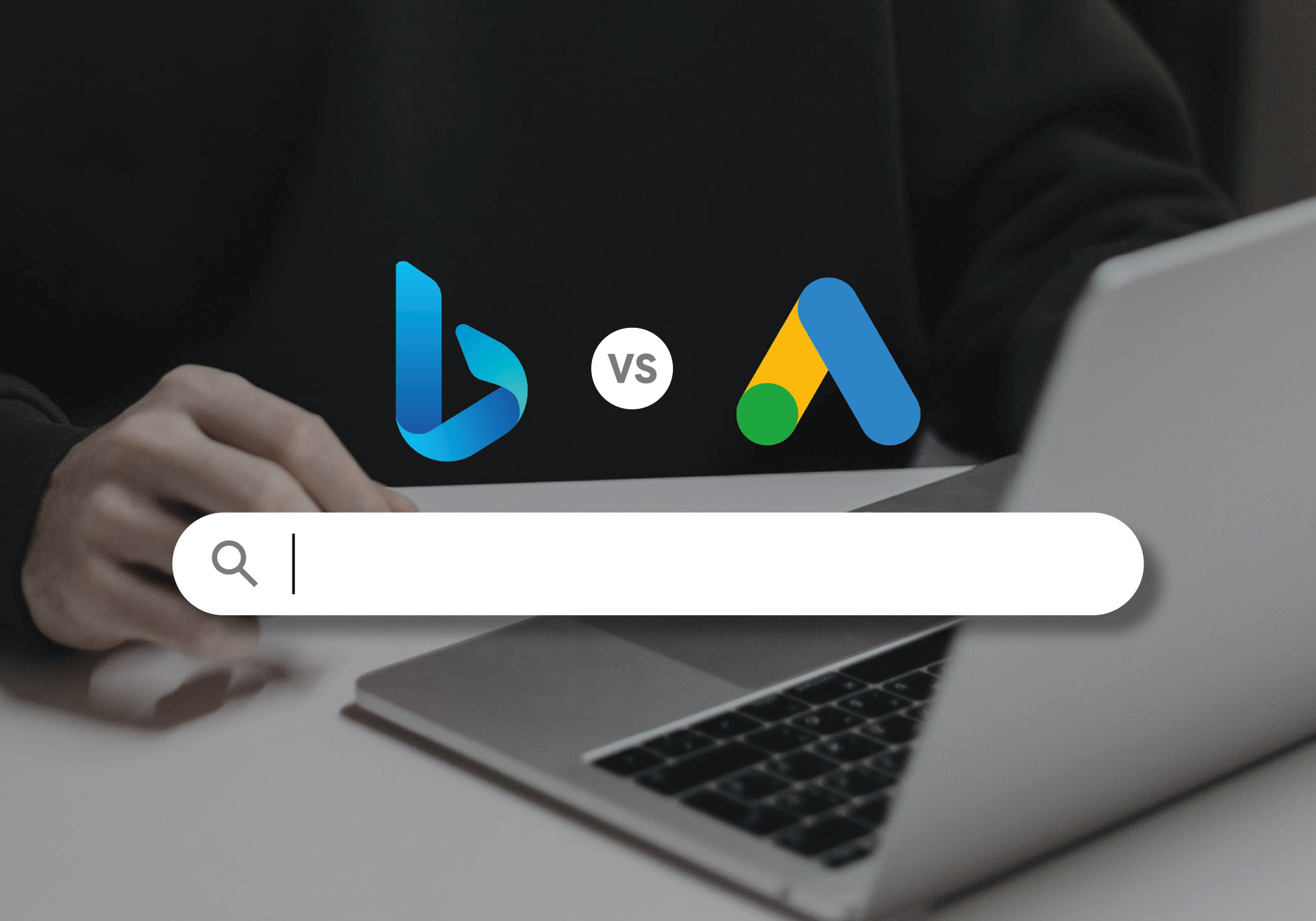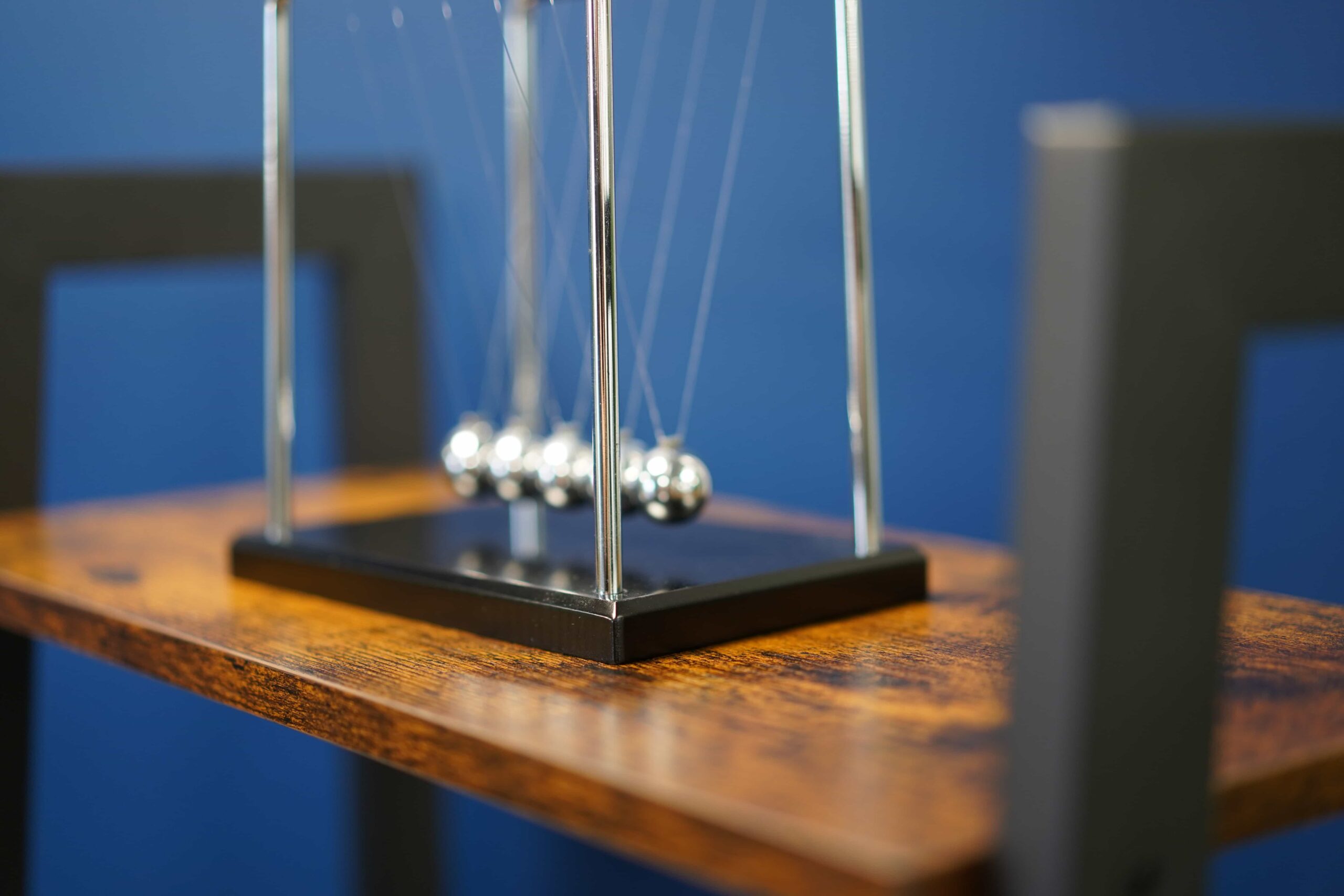The design world has changed; it’s become more visual than ever. We now live in an age where people are starting to take visual identity and branding a lot more seriously.
I’ve always loved branding, colours and design, so I thought it necessary to share this article. Your logo is the first impression that your brand gives to your consumer or potential customer. With the change in the way people look and view things, it has become more necessary to ensure that your logo is as accurate and well presented as possible.
There’s a massive misconception that the larger the logo, the better; this isn’t always the case! Ultimately, your logo represents your core business and your values.
When it comes to your logo and how it is presented, it’s essential to know that it shouldn’t always be more prominent! I’ll cover my reasoning below.
Bigger Isn’t Always Better
After working with clients from different backgrounds and across several industries, we’ve found that there seems to be some strange stigma about logo size and representation. Having a large logo doesn’t necessarily mean visitors will remember it.
If your logo is too big, it can detract from your overall brand and even lead to distrust! Imagine landing on the Amazon website and seeing the logo taking up a quarter of the page; you’d think something was wrong and would most likely leave.
It’s pretty likely that your visitors already know who you are and what you do. They usually just need a little bit more information to convert. So why overcomplicate things and risk confusing them?
Companies that successfully use a minimalist logo on their website include Airbnb and Uber. These brands have minimal logos that aren’t always at the forefront of their home page and certainly aren’t in your face. They use colour schemes and subtly branded icons to reflect the core brand. These examples are much larger than some of the businesses we’ve worked with, but the principle is still the same regarding visual identity and brand perception.
Here’s an example of a website homepage showing the correct scale for the logo, leaving more space for messaging and imagery:

Keep It Simple
The purpose of a logo is to make your business instantly recognised. I firmly believe that the simpler the logo, the higher chance it has of being remembered and not risking getting caught up in the mass generalisation of over-complication.
Over the last 10 years, we’ve seen how brands have simplified their logo and visual identity. Say goodbye to 3D effects and inner glows, drop shadows and everything that falls into the ’90s design era.
Flat design is now taking centre stage and becoming more popular than ever before, and although this may change (let’s hope not back to 3D), it’s crucial to maintain your logo with the latest design trends. Less is undoubtedly more.
The Google logo is a perfect example of how this has been done over time without detracting from the core brand. You can clearly see how they’ve altered the composition of their logo over time to maintain simplicity, keep things clean and maintain brand image:
Make It Recognisable
Yes, your logo should be simple and easily recognised, but if it’s too big, it runs the risk of becoming visually overwhelming for the viewer. A good logo is memorable enough that one of the first things that someone thinks of when they hear your business’s name is your logo.
As your business grows, the service offering usually changes, too. A good thing to take note of as you expand is to try and make sure that if you plan on using a visual icon with your very first logo. Don’t make it blatantly obvious or explicitly linked to one service – this will leave room for scalability and avoid confusion as you grow.
Timeless is Key
A logo is the visual representation of your brand. It is the first thing that people see when they hear your company’s name. Hence it is vital to make sure that your logo is timeless.
A time-bound logo that gets replaced with a new one will lose its significance – it can also confuse the consumer. The logo will not be as memorable if it is replaced. It is essential to make sure that your logo is timeless, as this will also help you build a strong brand image over a more extended period of time and maintain trust with your consumer.

Think User Experience!
Navigating a website can be challenging for visitors at times. Add into this mix that you want to provide specific messaging about your brand and what problems you can solve for your potential customers, and you have a perfect storm of challenges.
Most of these challenges will come back to how much available space you have on the page. Increasing your logo size will reduce how much space you have for the important messaging.
Summary
Now that you better understand why your logo shouldn’t be more significant, it’s time to put words into action. Your website and front-end marketing materials will see a much higher success rate and engagement if you follow the simple steps outlined in this article.
Ensure your logo is simple, clean and big enough to read – this will be more than enough to ensure your brand and business are recognised, remembered and not overwhelming for the viewer.
If you’re still unsure about how you should use your logo, feel free to get in touch with our team, who will be able to help with all aspects of the branding process, from logo concept and design to brand guidelines and implementation.




![How can UGC help with your SEO [2024]](https://marketinglabs.co.uk/wp-content/uploads/2024/03/Mel-and-Matt-on-podcast.jpg)

